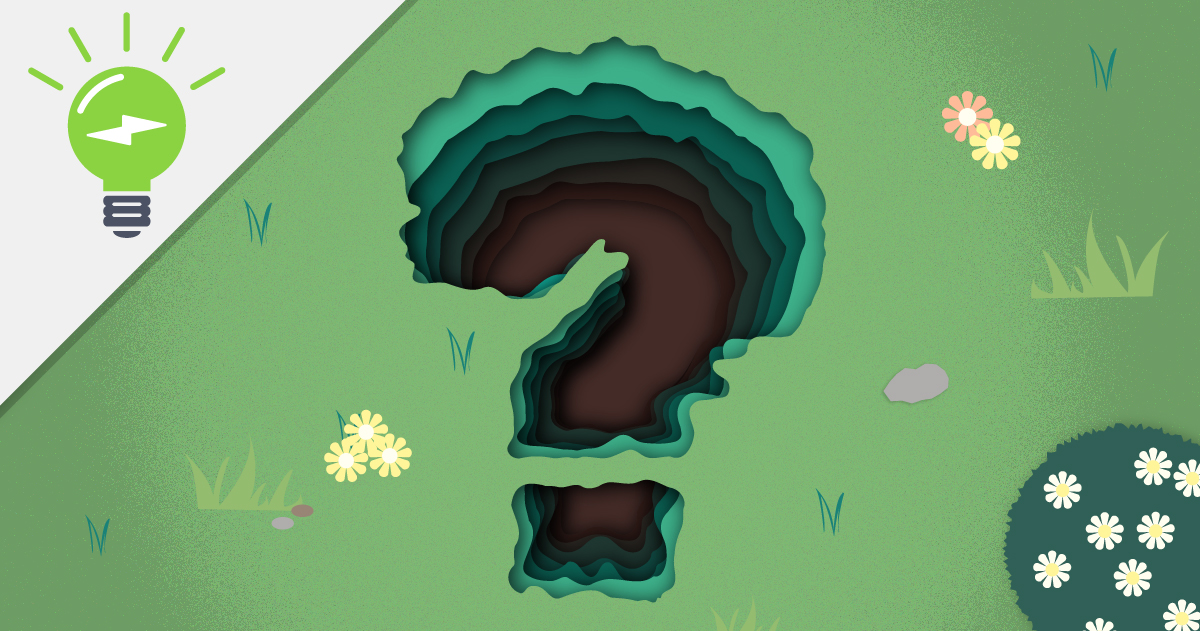
You can’t talk about Electrical Resistivity Imaging (ERI) surveys without eventually talking about depth. Aside from resolution, depth of investigation is one of the first talking points our customers want to discuss when considering ERI surveys.
What is depth dependent on in ERI?
First of all, depth of investigation will depend on the largest array span you use during your survey. Array span shouldn’t be confused with survey line length. It’s a common misconception that longer survey lines=more depth or that roll-along=more depth. This is not the case.
For example, if you were using a line of 112 electrodes and a Dipole-Dipole array, you’ll likely see less depth than if you used a line of 56 electrodes and a Pole-Pole array. This is because the Pole-Pole array has a larger penetrating depth than that Dipole-Dipole array.
In fact, since Pole-Pole uses the same number of electrodes and electrode spacing, it will give you the largest penetrating depth of all of the “standard” four-electrode arrays.
Secondly, the actual depth of penetration depends on subsurface resistivity distribution. A conductive overburden often decreases the penetrating depth dramatically.
And finally, the depth of investigation will also depend on the ratio of the object of concern (depth h) to its dimension (diameter d). The maximum ratio is around 5.0.

What to expect in terms of depth
As a rule of thumb, the penetrating depth is about 15-25% of the largest array length for any four-electrode array. An actual field survey design should be more conservative and the object of concern should be at 10-15% of the largest array length.
The max depth on an inverted resistivity section is determined by the median depth defined by L.S. Edward (1977) and a depth factor.
